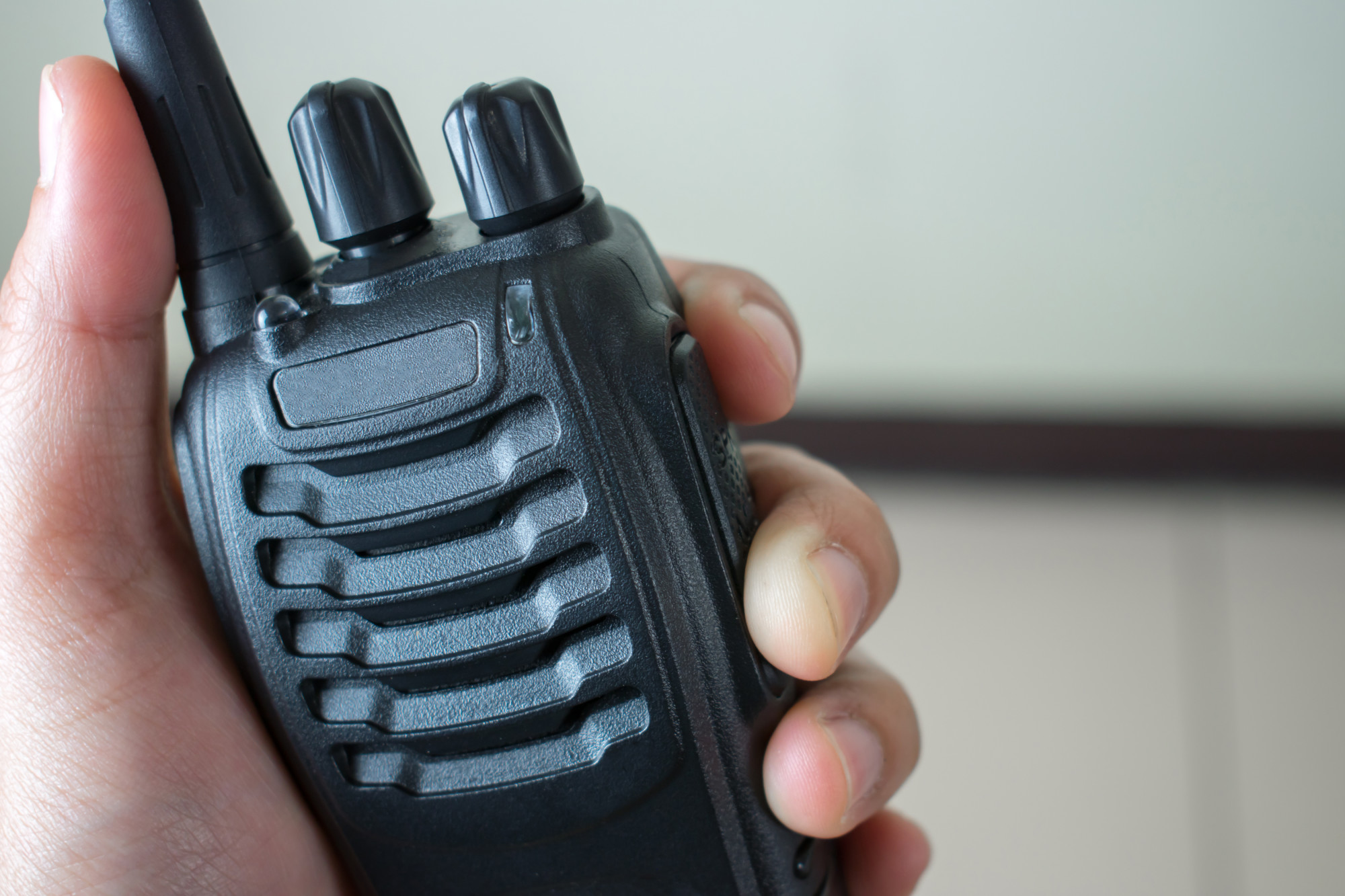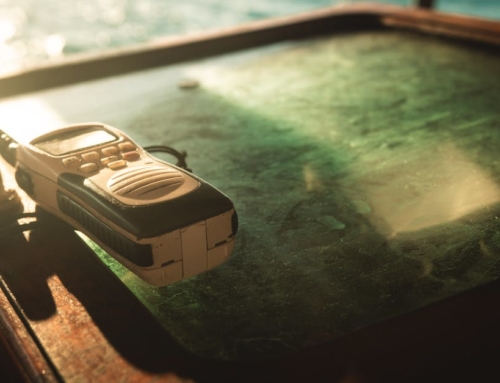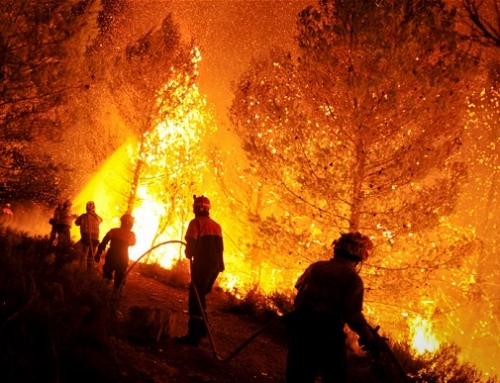The man who first conclusively discovered that electromagnetic waves existed believed that his finding had no practical applications whatsoever.
Boy, was he ever wrong. Over one hundred years later, it’s hard to imagine a world without radio communication.
Two-way radio communication is vital to emergency response teams all around the world. Can you imagine a world without it?
It’s crazy to think about how recently society lived without two-way radio systems. Come with me and let’s take a look at the fascinating history of long-distance communication.
The History of Two-Way Radio Communication
Today two-way radios exist in stationary, mobile, and handheld models. It’s easy to overlook just how vital radios that both transmit and receive signals have been to the modern world. We owe our reliance on these communication tools to a number of events and inventions that occurred over the last century and a half.
The Late 1800’s: Setting the Stage
Many histories of long-distance radio communication claim it all started in the early 20th century. In doing so, crucial events are left out of the story.
It’s unfair to discuss the invention of two-way radio systems without mentioning Heinrich Hertz. Hertz was a German physicist who only lived to the age of 36. In his short life, he managed to be the first person to prove that electromagnetic waves existed.
Running a series of radio wave experiments between 1886 and 1889, Hertz didn’t see them as having any practical application. When he was asked about the practical use of the discovery of radio waves, he said, “nothing, I guess.”
Over the course of the next century, Hertz would be proven wrong in that respect. The hertz, the unit of frequency, was named in his honor.
In the year 1891, wireless telegraphs (which transmitted telegraph signals by radio waves) became more and more common on ships. This had a measurable impact on maritime safety.
Nikolai Tesla, was a Serbian-American engineer and inventor. He learned of Heinrich Hertz’s discoveries at the 1889 Exposition Universelle in Paris. He chose to try these experiments himself and expand on them. Later, he invested the Tesla coil. These were used commercially until the 1920s in sparkgap radio transmitters.
The Italian inventor and engineer Guglielmo Marconi often receives credit for inventing radio. On the cusp of the 20th century, he founded The Wireless Telegraph & Signal Company in 1897. He would later change the name of his company to the Marconi Company.
1900-1919: The Implications of Long Distance Radio Communication Become Clearer
In 1906, the first transmission of speech and music occurred over radio waves.
By 1907, access to two-way telegraphy that could cross the Atlantic Ocean was available commercially. The use of two-way radios in aviation began in 1910.
Soon thereafter, both military and commercial ships were transmitting and receiving information through the radio waves. This allowed them to communicate even when far out of sight of land.
In 1912 the true power of wireless communication became known internationally. This is because Marconi’s wireless radio technology was used aboard the Titanic. It’s fair to say that without the presence of radio communication, no one on the Titanic would have been saved.
In 1912, the first regulations around radio came into being. Known as the Radio Act of 1912, this act was replaced later in the Radio Act of 1927.
As the United States entered World War I, all non-essential stations were closed in 1917.
The next year, an army officer during the war and a Colombia professor named Edwin Armstrong invented and patented a new kind of receiver. He named this the “Super Heterodyne Receiver.” Armstrong is known for several other creations, one of which being FM (frequency modulation) radio.
1920-The Present: Two-Way Radio Communication Becomes a Vital Part of Emergency Response and Communication
The first public safety official to have a radio-equipped vehicle was a Detroit police commissioner named William Rutledge in 1921.
But the prize for the first mobile two-way radio-equipped cars goes to the Victoria police department in Australia in 1923. These two-way radios looked a lot different from the mobile two-way radios we’re used to today. For starters, they were so big that they took up the entire back seat of their police cars!
As the 20th century rolls on, radio equipment is an increasingly utilized technology, including in aircrafts.
The first successful operation of two-way radio systems between a fixed station and radio transceivers in cars was implemented by the Bayonne, New Jersey police department in 1933. It’s hard to imagine the world of emergency response before long range two way radios!
In 1937, the infamous handheld radio was invented by a Canadian named Donald Lewis Hings. While he named his inventions packsets, these beloved objects are known commonly today as walkie-talkies.
This invention came about just in time for World War II, where handheld radios or walkie-talkies were used by both the Allies and the Axis. The walkie-talkie made communication by both air and ground troops possible. It’s fair to say that WWII would have been a different war without handheld radios.
Two-Way Radios Are a Crucial Tool in Our Modern World
It’s easy to think of two-way radio communication as a thing of the 20th century, overshadowed by glitzy technological inventions in recent decades. But the reality is that the evolution of long-distance radio communication paved the way for the world we live in today and changed the world forever.
If you’re in need of two-way radio systems for your safety team, contact us for a quote on our discount radio bundles. And don’t forget that we offer discounts for government accounts!






Leave A Comment
You must be logged in to post a comment.